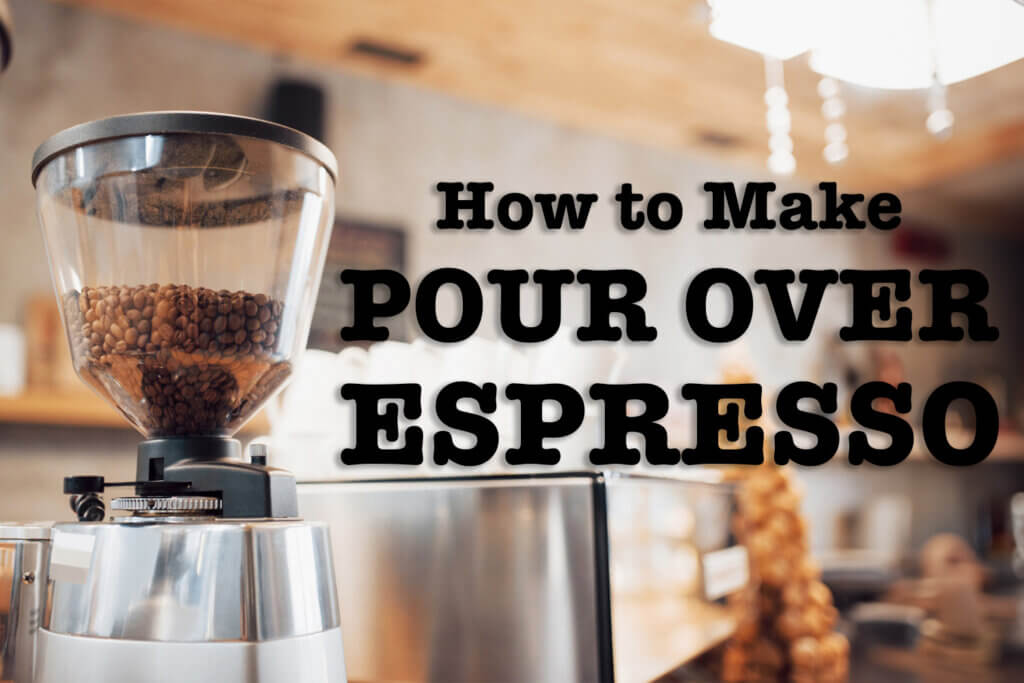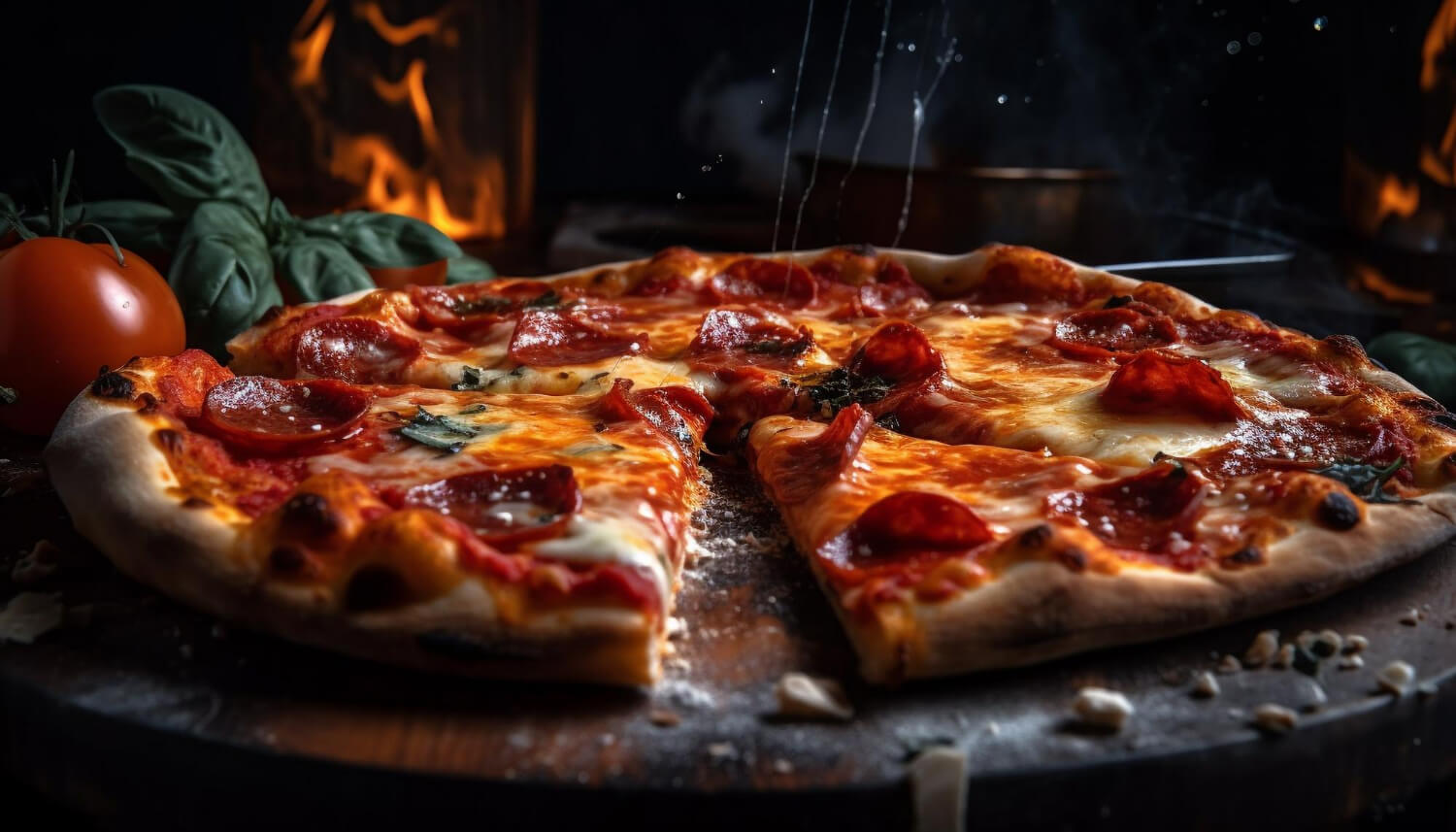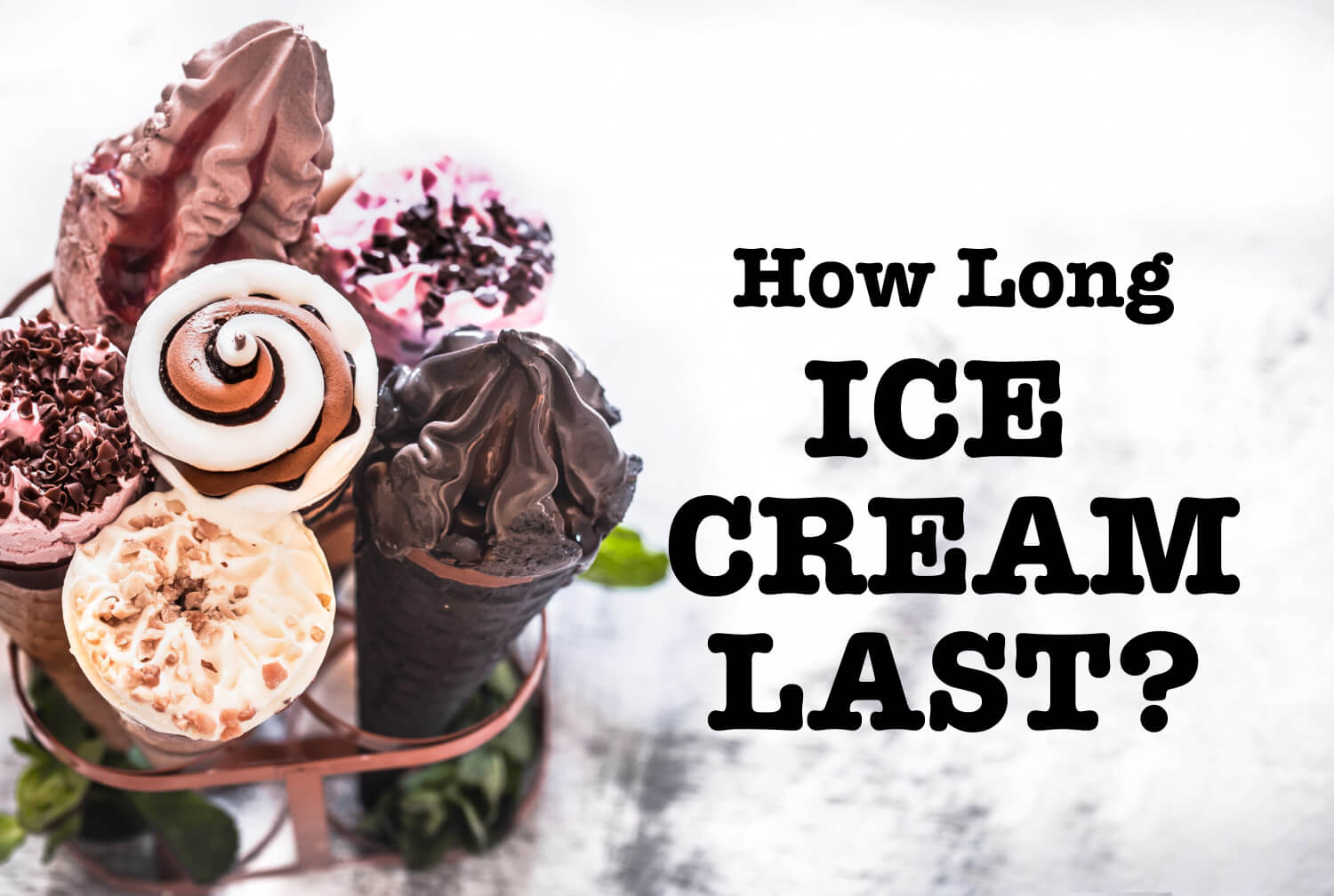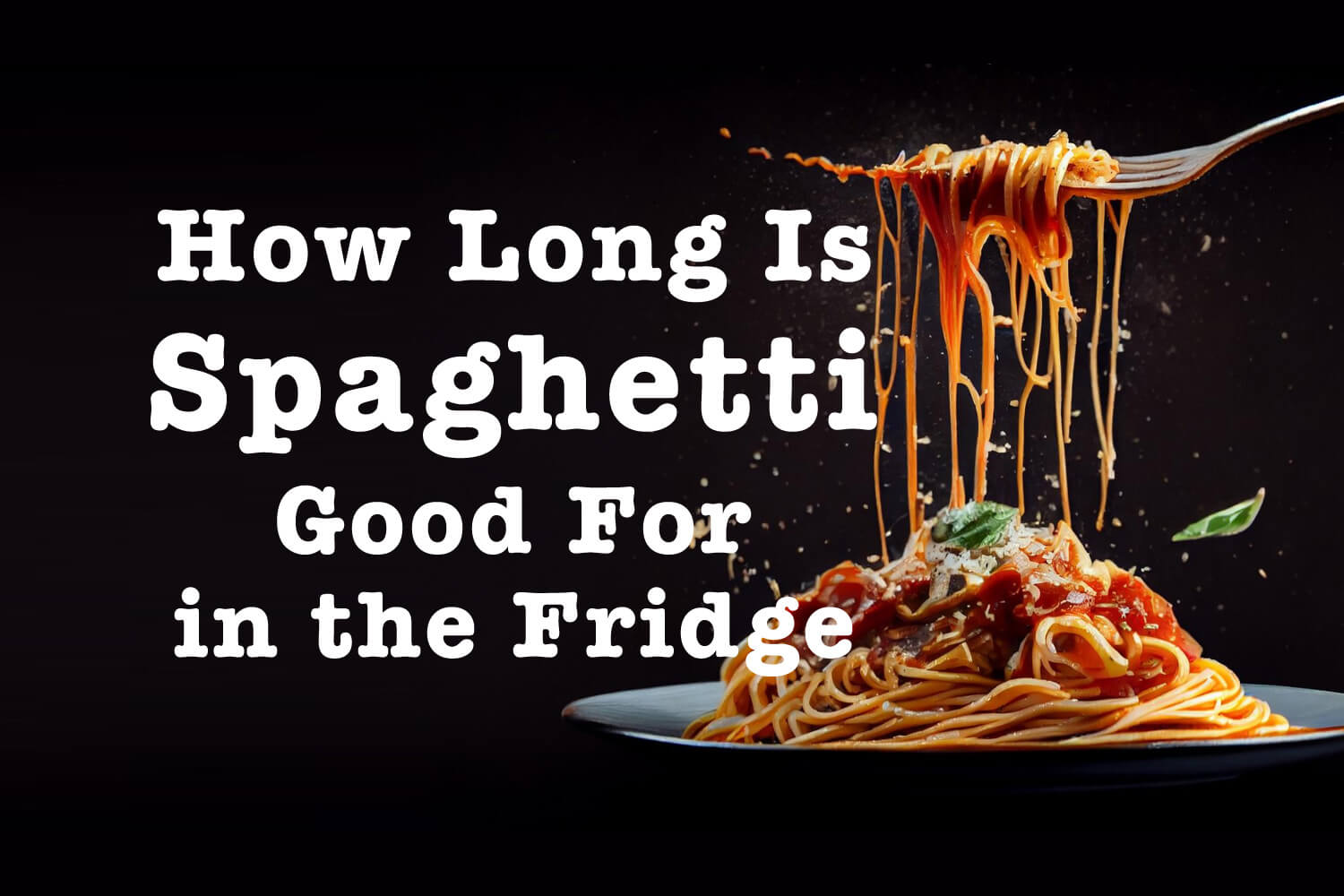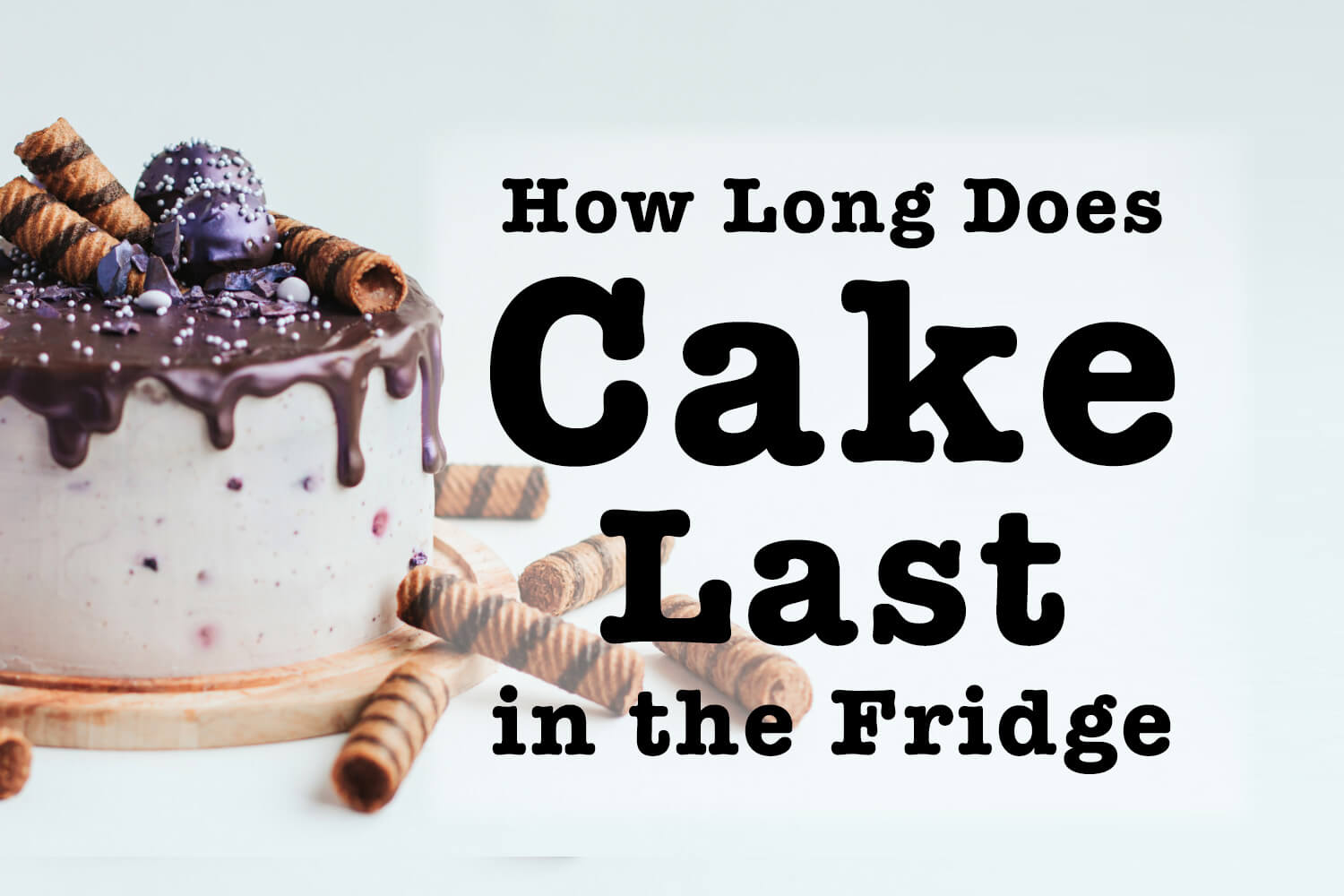Ever puzzled over what an espresso pour over is, or how to master it? In simple terms, it’s a creative blend of the robust espresso and the delicate pour over. This article cuts straight to the chase, outlining the exact steps and equipment you’ll need to perfect your espresso pour over technique. Expect to walk away with the knowledge to brew a rich, flavorful meld of these two beloved coffee worlds without any of the typical fluff.
Key Takeaways
- Espresso pour over combines the rich flavors of espresso with the subtleties of pour over. It requires fine-tuned brewing tools and techniques, allowing for a cup that’s both bold and nuanced.
- Proper espresso pour over preparation involves meticulous steps—from creating a level coffee bed and mastering a spiral pouring technique, to adjusting variables like water temperature and grind size for optimal extraction.
- Equipment maintenance is critical; using a burr grinder for consistency, descaling regularly, and keeping machines clean are essential for the quality and taste of the espresso pour over.
Exploring Espresso Pour Over: A Unique Coffee Fusion

Have you ever wondered what happens when the intense, concentrated shot of an espresso collides with the meticulous, patient process of pour over coffee? The result is espresso pour over, a harmonious blend that takes the dense, robust flavor of espresso and infuses it with the nuanced, delicate notes of pour over coffee. It’s a fusion that’s both innovative and traditional, a testament to the creativity and passion that fuels the world of coffee brewing.
This method, reminiscent of the french press, is a dance of contrasts, blending the swift, pressurized brewing of an espresso machine with the slow, meditative ritual of the pour over. It’s a technique that requires precision and patience, but the payoff is a cup of coffee that’s rich with flavors and aromas that tell a story of their origins. Each sip is a journey through the varied landscapes of coffee—from the high-altitude farms of Ethiopia to the lush valleys of Colombia.
The beauty of espresso pour over lies in its ability to highlight the best of both worlds. The boldness of espresso depends on the fine grind and high pressure to extract those deep, caramelized flavors, while the pour over method allows the subtle, floral notes to shine through with its gentle flow of water over the coffee bed. As you embark on this brewing adventure, you’re not just making coffee, you’re crafting an experience.
The Essentials for Brewing Espresso Pour Over
Before diving into the brewing process, it’s essential to gather the right tools. The heart of the setup is the pour over coffee maker, a simple yet elegant device that allows for the precise control necessary for this method. Consider the Moka Pot as well; although traditionally used for stovetop espresso, it’s capable of producing the concentrated coffee needed for a pour over espresso.
Next, to brew the perfect cup of brewing coffee, you’ll need:
- Freshly ground coffee (fine grind, akin to table salt)
- A burr grinder for consistency and to prevent heat alteration of flavors
- Filtered water heated in a gooseneck kettle for temperature and pouring control
These factors are non-negotiable for optimal extraction and flavor.
Each piece of equipment plays a vital role in the coffee brewing process, and their quality directly affects the cup’s final taste. So, choose your coffee beans and your tools wisely. Whether it’s a dark roast from a moka pot or a single origin coffee through a pour over coffee maker, the journey to good coffee starts with the right foundations.
Step-by-Step Guide to Making Espresso Pour Over
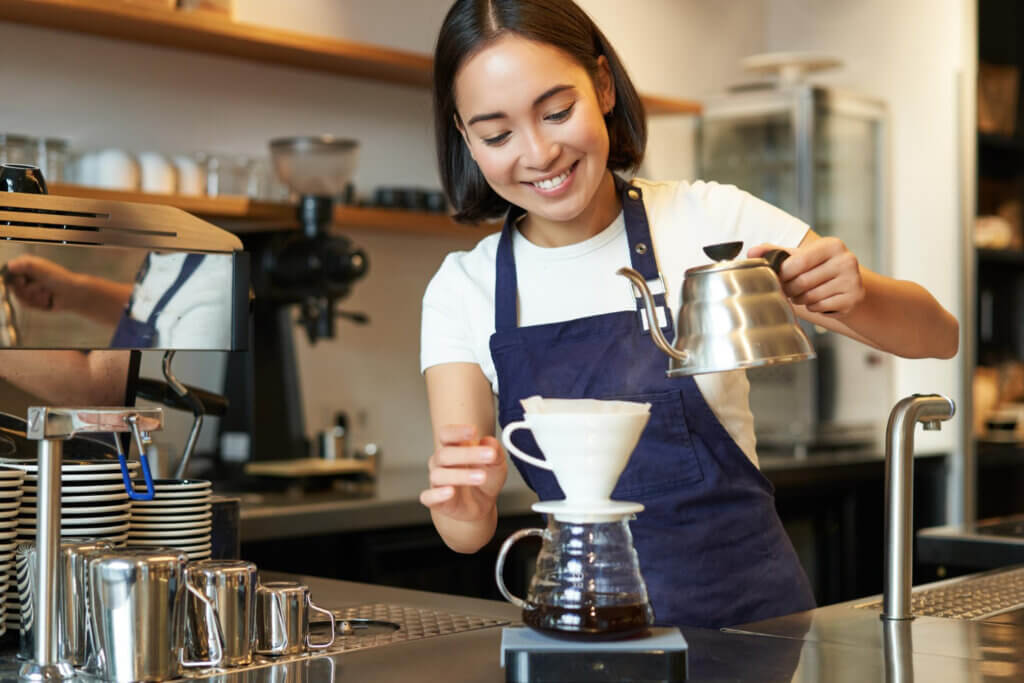
Now that your coffee brewing arsenal is ready, let’s walk through the steps of creating your espresso pour over. With the right technique and some practice, you’re well on your way to making coffee that’s not just good, but exceptional. The process is composed of three main stages: preparing your coffee bed, mastering the pouring technique, and adjusting your brew to perfection.
Let’s dive in.
Preparing Your Coffee Bed
The foundation of a great espresso pour over starts with the coffee bed. Uniform distribution of the coffee grounds within the filter is crucial for consistent water flow and even extraction. To achieve this, gently tap or shake the filter to level out the grounds. This simple act can make all the difference in preventing over- or under-extraction during brewing.
Creating a well in the center of the coffee bed is like setting the stage for an even performance. This small indentation helps water flow uniformly through the coffee, promoting an even bloom and ensuring that all the grounds get their chance to shine in the final cup. It’s these small touches that elevate your coffee from a mere drink to a crafted brew.
Some coffee lovers swear by rinsing the filter with hot water to remove any papery taste, especially if using a paper filter. This step is subjective and may depend on personal preference or the type of filter used—whether it’s cloth or paper. Regardless, starting with a clean and well-prepared filter sets the tone for the coffee to come.
The Pouring Technique
The pouring technique in espresso pour over is where precision meets artistry. Begin with a slow pour, starting from the center and spiraling outward, then back again. This initial pour is about more than just wetting the grounds; it’s about allowing the coffee to bloom, releasing those aromatic gases and oils that contribute to the final flavor profile.
As you continue to add water, maintain that consistent spiral motion. This gentle turbulence stirs the coffee, ensuring each particle is equally extracted. The aim is to keep all the grounds submerged throughout the brewing process, avoiding the over-extraction of bitter flavors. Remember, the goal is a harmonious cup, not a battle of tastes. To achieve this, it’s important to consider the coffee to water ratio.
The continuous spiral pouring method, particularly beneficial for devices like the V60 or Chemex, helps maintain water movement through the coffee bed. This is essential when dealing with finely ground coffee or thicker filters. The beauty of this technique lies in its simplicity and the control it gives you over the brewing process.
Adjusting Your Brew
To dial in the perfect espresso pour over, you’ll need to adjust variables like water temperature, grind size, and brew time. The optimal water temperature for espresso pour over is between 195 to 205 degrees Fahrenheit, which is hot enough to extract flavors without scalding the coffee. If the water is too hot or too cold, you risk either a bitter or a weak brew, respectively.
The grind size is another critical factor. If your coffee is over-extracted and bitter, try a coarser grind. If it’s under-extracted and sour, go finer. Lighter roasts may require hotter water and a finer grind, while darker roasts can be more forgiving with temperature and grind size. Use a burr grinder for precision and adjust based on taste.
Lastly, consider the brew time, which typically should be between 3 to 4 minutes. If the brew is too quick, your grind may be too coarse; if it’s too slow, it might be too fine. Adjusting these variables isn’t just about following a recipe—it’s about engaging with your coffee, understanding its language, and tailoring the brew to your preference.
Comparing Espresso and Pour Over Coffee
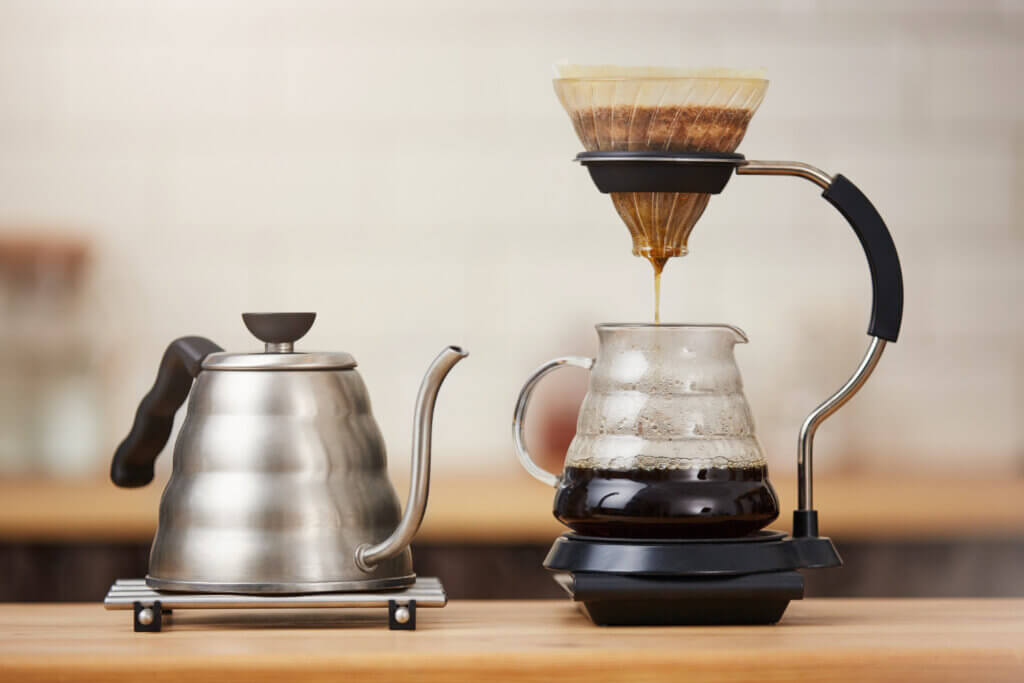
Understanding the differences between espresso and pour over coffee is essential for appreciating the espresso pour over method. Espresso is all about pressure and speed, with hot water forced through finely ground coffee quickly, resulting in a concentrated, bold cup with a creamy crema. In contrast, pour over coffee takes a gentler approach, letting gravity do the work and highlighting the coffee’s clarity of flavor.
Pour over coffee typically features a lighter body and more pronounced acidity, allowing the unique tasting notes of different coffee origins to emerge clearly. Meanwhile, espresso’s rich and thick body delivers a robust flavor that’s both intense and complex. While espresso packs a stronger punch per ounce, pour over can actually have more caffeine overall due to larger serving sizes.
Whether you enjoy the rich, bold cup of an espresso or the nuanced, delicate flavors of a pour over, understanding these brewing methods deepens your appreciation of their fusion in espresso pour over. It’s a meeting of two worlds, each with its own distinct character, coming together to create something extraordinary.
Customizing Your Espresso Pour Over Experience

The espresso pour over is not just a brewing method; it’s a canvas for your personal taste. Coffee beans are the paints, and roast levels the shades that define your cup’s flavor profile. Opting for small-batch, single-origin beans can introduce unique and subtle flavor notes, while specialty blends can offer a more balanced and complex profile.
Roast level plays a significant role in shaping your coffee’s flavor. Here are some key points to consider:
- Lighter roasts retain the bean’s original characteristics and are perfect for those who enjoy bright, acidic notes.
- Darker roasts tend to highlight deeper, more caramelized flavors that pair well with the strength of an espresso pour over.
- When you select locally roasted beans from specific regions, you’re not just choosing a flavor—you’re experiencing the terroir, the very essence of a place distilled into your cup.
Fine-tuning your grind size is another way to customize your espresso pour over. The grind should complement the coffee’s origin, freshness, and roast level, affecting the extraction rate and, ultimately, the taste of your brew. And while you’re curating your coffee experience, consider the impact of your choices beyond flavor—opt for beans that are ethically sourced and sustainably grown. It’s a decision that adds depth to every sip, knowing that your coffee is good in more ways than one.
Advanced Techniques for the Coffee Lover
For the coffee enthusiast eager to refine their craft, there are advanced techniques that can enhance the espresso pour over experience. Tools like distribution tools can help you achieve a more uniform distribution of coffee grounds, leading to a more consistent extraction. The Weiss Distribution Technique (WDT), which involves using needles to break apart clumps in coffee grounds, offers another level of precision in preparation.
Adjusting the flow rate and spiral pattern of your pour can also influence the final flavor profile of your coffee. These subtle changes can bring out different notes in the coffee, allowing for a more tailored brew that reflects your personal taste. Whether you’re experimenting with these techniques or sticking with the basics, the aim is always the same: to craft a final cup that’s a true reflection of your passion for coffee.
Such advanced methods aren’t just about improving the taste; they’re about engaging with the process, understanding the science behind it, and finding joy in the art of brewing. With every pour, stir, and tweak, you’re honing your skills and deepening your relationship with your favorite beverage, be it coffee or steamed milk.
The Impact of Grind Size on Your Espresso Pour Over
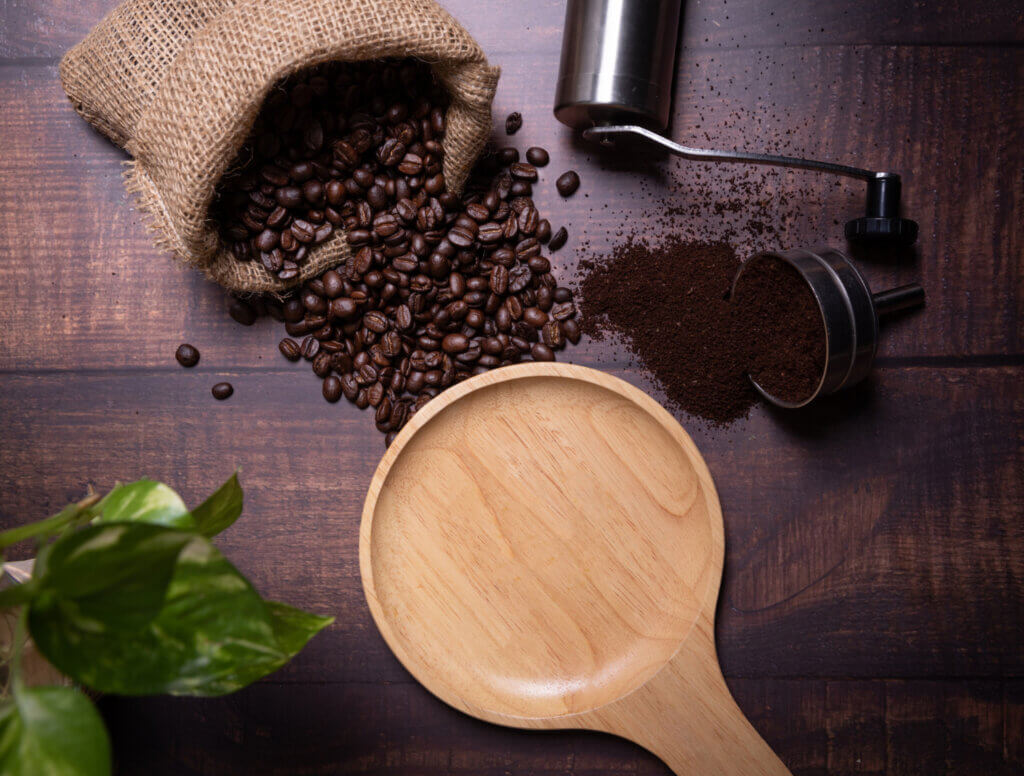
Grind size is a pivotal factor in the espresso pour over process. A burr grinder is the best tool for achieving a consistent grind, crucial for a balanced extraction. The ideal grind for espresso pour over is medium-fine, about the size of table salt, which allows for an even flow and extraction without under or over-extracting the flavors.
If your coffee isn’t tasting quite right, adjusting the grind size can be a simple yet effective solution. Here are some tips to help you find that sweet spot:
- If your brew is coming out too weak, try using a finer grind. This increases the surface area for water to extract flavors from, which can enhance the taste.
- If your coffee is too bitter, try using a coarser grind. This slows down the extraction process, resulting in a smoother and less bitter cup.
- You can try playing around with different grind sizes. Once you get this dialed in, it can really bring out the flavors in your pour over coffee.
It’s all about finding that perfect balance to make your coffee drinks taste their best.
Experimentation is key. Start with the recommended medium-fine grind and adjust slightly in either direction until you find what works best for your coffee type and your taste. The right grind size is like the key that unlocks the full potential of your espresso pour over, and with a little patience and practice, you’ll find that perfect match.
Pairing Espresso Pour Over With Food and Desserts
A perfect cup of espresso pour over is a delight on its own, but pairing it with the right food or dessert can elevate the experience. Chocolate-based treats, with their rich and bold flavors, are a natural companion to the concentrated profile of espresso pour over. The bitterness of dark chocolate, in particular, resonates with the coffee’s strong notes, enhancing the overall sensory experience.
Buttercream cupcakes present a contrasting pairing that can be just as delightful. The creamy sweetness of the frosting balances the slight bitterness of the espresso pour over, creating a harmonious flavor profile that’s a treat for the taste buds. It’s all about finding that balance where the flavors complement each other, neither overpowering the other.
Exploring different pairings is a journey of discovery, one where each sip and bite offers a chance to understand how flavors interact and enhance one another. Whether it’s a morning treat or an afternoon pick-me-up, the right pairing can transform your espresso pour over into a complete culinary experience.
Maintaining Your Equipment for Optimal Coffee Quality
To ensure the quality of your espresso pour over remains consistently high, maintaining your equipment is essential. A clean coffee maker is the cornerstone of a flavorful brew, free from the taint of oils and residue from previous batches. Regular cleaning with a solution of vinegar and water, for example, can help keep your machine in top condition, removing any internal buildup and ensuring every cup tastes fresh.
Descaling is another vital maintenance step, particularly if you live in an area with hard water. Over time, limescale deposits from the minerals in the water can accumulate in your machine, affecting both its performance and the taste of your coffee. A routine descaling will keep your machine running smoothly and your coffee tasting its best.
Turning off your coffee machine after use is a simple yet effective way to prolong its life. This prevents unnecessary wear and conserves energy, ensuring that your coffee brewing setup remains ready to deliver the best coffee every time you use it.
Maintenance might not be the most exciting part of the coffee journey, but it’s a crucial step in ensuring every cup is as good as the last.
Summary
As we draw this guide to a close, let’s reflect on the journey we’ve taken together. From the allure of the espresso pour over’s rich fusion of flavors to the intricate dance of brewing this unique coffee, each step has been a step towards mastery. We’ve explored the equipment essentials, delved into the nuances of the brewing process, and learned how to adjust our techniques for that perfect cup. Along the way, we’ve seen how espresso and pour over coffee contrast and complement each other, and how customizing our brew can lead to a more personal and satisfying coffee experience.
Advanced techniques have been uncovered for the coffee lover who craves depth in their brewing ritual, and the importance of grind size on the final product has been emphasized. We’ve even discovered how food pairings can further enhance our enjoyment of this crafted beverage. Above all, we’ve learned the significance of maintaining our brewing equipment to ensure each cup of espresso pour over is as fresh and flavorful as possible.
Whether you’re just starting out on your home barista journey or you’re looking to refine your skills, remember that making coffee is as much about the process as it is about the result. It’s a continuous learning experience, one that invites you to experiment, to taste, and to savor. So go ahead, brew with passion, and let every cup of espresso pour over be a testament to your love for coffee.
Frequently Asked Questions
How much caffeine is in espresso and pour over?
The caffeine content in espresso is higher than in pour over coffee.
Can you use a pour over for espresso?
No, while pour-over coffee and espresso have different extraction methods, you can adjust the brewing process to make a strong and concentrated pour-over coffee similar to espresso.
What makes espresso pour over different from regular pour over coffee?
Espresso pour over combines the boldness of espresso with the nuanced flavors of pour over coffee, creating a rich yet complex cup of coffee.
Do I need special equipment to make espresso pour over at home?
Yes, you’ll need a pour over coffee maker, a quality grinder, freshly ground coffee, filtered water, and a gooseneck kettle for precision pouring to make espresso pour over at home. A Moka Pot can also be used to create the concentrated coffee base typically found in espresso.
How do I know if I’ve achieved the right grind size for espresso pour over?
To determine the right grind size for espresso pour over, aim for a medium-fine grind similar to table salt. Adjust coarser for bitterness and finer for sourness, till you find the perfect balance for your taste and coffee type.

